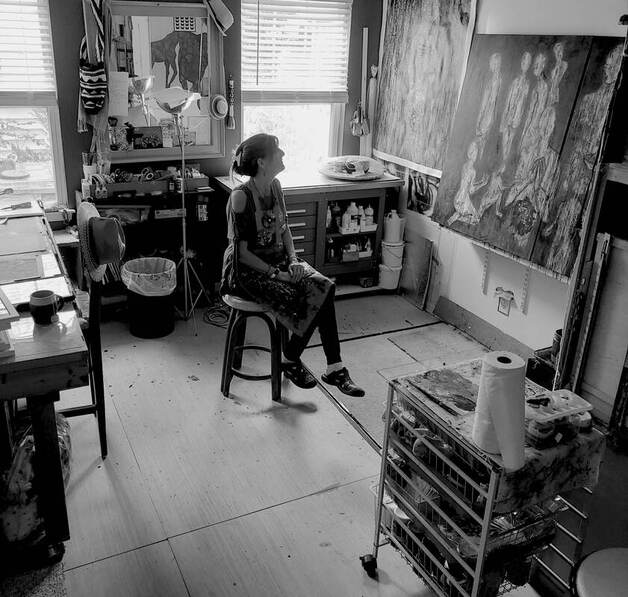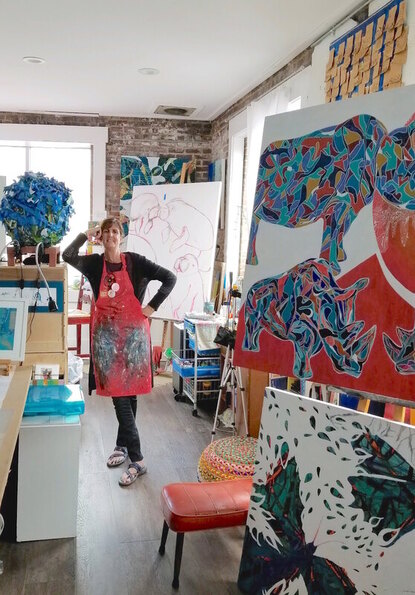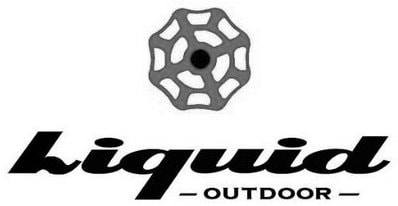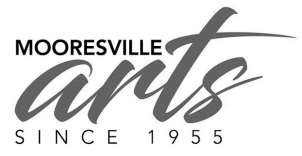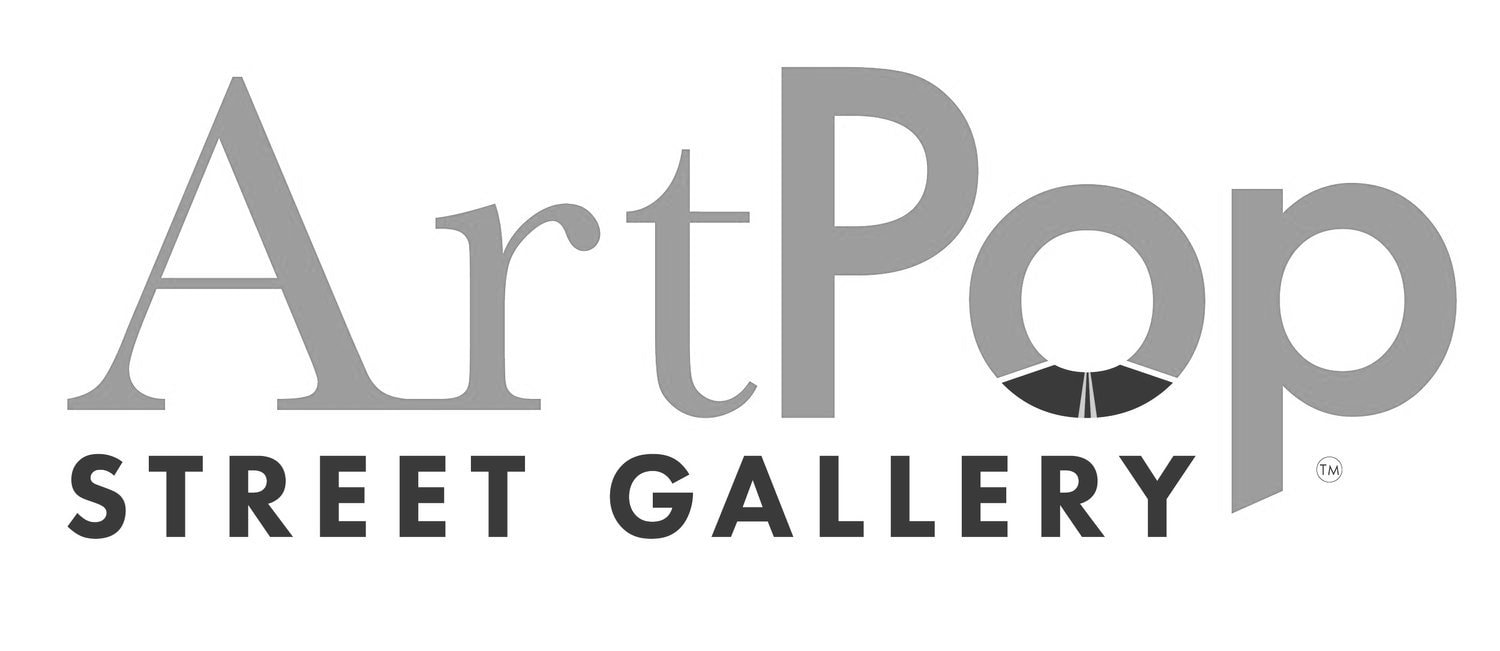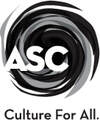About Tina & a bit of her story

Tina Alberni is a visual artist based in Charlotte, North Carolina, who actively participates in the local art scene.
Her artistic journey began in New York, her birthplace, and continued as she moved to Puerto Rico, Colombia, and Miami during her formative years. After earning a Bachelor's degree in Art Education from Florida International University, Alberni taught middle and high school art in Dade County, Florida while simultaneously showcasing her artwork in exhibitions across Colombia, Europe, and New York before the age of 30.
Throughout the past three decades, Tina Alberni has exhibited her work in over 100 solo, group, and virtual shows both in the United States and abroad, receiving recognition and awards along the way. She has received grants from the Charlotte Arts and Science Council, earned first-place awards, and had her digital artwork displayed on multiple digital billboards in Miami, Charlotte, Barcelona, and Austria. Recently, she was invited to showcase her digital artwork at The Foundry Gallery in Dubai, UAE, and with The ArtBox project in Switzerland during Art Basel.
Alberni's work has been published in print and online, and her pieces are found in private and public collections. Throughout her career, she has explored various paths, including co-owning an art gallery, teaching and working in arts administration, and as Creative Director of web/graphic design. She has also served on non-profit boards, been a guest speaker, and participated as a jury member for various events and organizations.
With a penchant for artistic experimentation, Alberni has and continues to deliberately delve into a diverse range of mediums, subjects, and genres. Her work often embodies her personal experiences and exhibits influences from her background in printmaking and graphic design. Alberni's artistic process is rooted in automatism, allowing ideas to gradually emerge and take shape as she creates each piece. Her portfolio is divided into collections by theme and medium, yet all bear the common thread of Alberni's markmaking language.
"The discipline of printmaking I pursued during my time in college was a journey of discovery. The thrill of unpredictability ignited my passion then, and it continues to be the driving force behind all my creative endeavors today."
Tina was born with Marfan syndrome, a life-threatening genetic disorder that affects connective tissues. Throughout her life, she has faced significant challenges related to her vision and overall health, often coming close to the brink of death. She has survived a handful of open-heart surgeries. She firmly believes that her creative spirit and unwavering determination to persevere have played a crucial role in keeping her alive
Tina finds solace in expressing herself through her art, using it as a means to release, and give life to her dreams and purpose to her message. As the years have passed, she's begun to realize the profound connection between her art-making process and the series she's undertaken with her condition. The intricate process of layering shapes, colors, and textures in her artwork symbolically mirror the actions of fortifying and reaffirming her physical anatomy while they also develop her artworks.
Over the years, Alberni realizes that the profound narratives she weaves with vibrant colors evident throughout her work pay homage to the rich tapestry of Andean culture she grew-up with.
Her creations of late, address pressing issues such as climate change, the plight of endangered animals, the essence of human existence, and the impact of technology on society. Through her artwork, Alberni seeks to stimulate dialogue, provoke thought, and raise awareness about these crucial matters.
In recent years, Alberni has focused on her studio practice and is exploring the realms of AI, AR, and digital collectibles (NFTs) to connect with a wider audience. Her creations within the metaverse all stem from her original artworks. She begins by photographing them, making subtle adjustments using AI, and then further refining and manipulating them through tools like Photoshop, Procreate, and various other graphic programs.
Her career pursuits include accepting commissions, forming corporate partnerships, collaborating with fellow artists, consulting in the trade industry, working with interior designers, exhibiting her work in unconventional venues, and finding digital projects and exhibitions with artists and in venues around the world.
(*) NOTE
Marfan syndrome is an inherited disorder that affects the connective tissue, which is the fibers that support and hold organs and other structures in the body. It frequently affects the heart, eyes, blood vessels, and skeleton.
Individuals with this syndrome are typically tall and slender, and their arms, legs, toes, and fingers are unusually long. The damage caused by Marfan syndrome can range from mild to severe. If the aorta is affected, the condition can be life-threatening.
Source: https://www.mayoclinic.org/diseases-conditions/marfan-syndrome/symptoms-causes/syc-20350782
More about Tina...
Her artistic journey began in New York, her birthplace, and continued as she moved to Puerto Rico, Colombia, and Miami during her formative years. After earning a Bachelor's degree in Art Education from Florida International University, Alberni taught middle and high school art in Dade County, Florida while simultaneously showcasing her artwork in exhibitions across Colombia, Europe, and New York before the age of 30.
Throughout the past three decades, Tina Alberni has exhibited her work in over 100 solo, group, and virtual shows both in the United States and abroad, receiving recognition and awards along the way. She has received grants from the Charlotte Arts and Science Council, earned first-place awards, and had her digital artwork displayed on multiple digital billboards in Miami, Charlotte, Barcelona, and Austria. Recently, she was invited to showcase her digital artwork at The Foundry Gallery in Dubai, UAE, and with The ArtBox project in Switzerland during Art Basel.
Alberni's work has been published in print and online, and her pieces are found in private and public collections. Throughout her career, she has explored various paths, including co-owning an art gallery, teaching and working in arts administration, and as Creative Director of web/graphic design. She has also served on non-profit boards, been a guest speaker, and participated as a jury member for various events and organizations.
With a penchant for artistic experimentation, Alberni has and continues to deliberately delve into a diverse range of mediums, subjects, and genres. Her work often embodies her personal experiences and exhibits influences from her background in printmaking and graphic design. Alberni's artistic process is rooted in automatism, allowing ideas to gradually emerge and take shape as she creates each piece. Her portfolio is divided into collections by theme and medium, yet all bear the common thread of Alberni's markmaking language.
"The discipline of printmaking I pursued during my time in college was a journey of discovery. The thrill of unpredictability ignited my passion then, and it continues to be the driving force behind all my creative endeavors today."
Tina was born with Marfan syndrome, a life-threatening genetic disorder that affects connective tissues. Throughout her life, she has faced significant challenges related to her vision and overall health, often coming close to the brink of death. She has survived a handful of open-heart surgeries. She firmly believes that her creative spirit and unwavering determination to persevere have played a crucial role in keeping her alive
Tina finds solace in expressing herself through her art, using it as a means to release, and give life to her dreams and purpose to her message. As the years have passed, she's begun to realize the profound connection between her art-making process and the series she's undertaken with her condition. The intricate process of layering shapes, colors, and textures in her artwork symbolically mirror the actions of fortifying and reaffirming her physical anatomy while they also develop her artworks.
Over the years, Alberni realizes that the profound narratives she weaves with vibrant colors evident throughout her work pay homage to the rich tapestry of Andean culture she grew-up with.
Her creations of late, address pressing issues such as climate change, the plight of endangered animals, the essence of human existence, and the impact of technology on society. Through her artwork, Alberni seeks to stimulate dialogue, provoke thought, and raise awareness about these crucial matters.
In recent years, Alberni has focused on her studio practice and is exploring the realms of AI, AR, and digital collectibles (NFTs) to connect with a wider audience. Her creations within the metaverse all stem from her original artworks. She begins by photographing them, making subtle adjustments using AI, and then further refining and manipulating them through tools like Photoshop, Procreate, and various other graphic programs.
Her career pursuits include accepting commissions, forming corporate partnerships, collaborating with fellow artists, consulting in the trade industry, working with interior designers, exhibiting her work in unconventional venues, and finding digital projects and exhibitions with artists and in venues around the world.
(*) NOTE
Marfan syndrome is an inherited disorder that affects the connective tissue, which is the fibers that support and hold organs and other structures in the body. It frequently affects the heart, eyes, blood vessels, and skeleton.
Individuals with this syndrome are typically tall and slender, and their arms, legs, toes, and fingers are unusually long. The damage caused by Marfan syndrome can range from mild to severe. If the aorta is affected, the condition can be life-threatening.
Source: https://www.mayoclinic.org/diseases-conditions/marfan-syndrome/symptoms-causes/syc-20350782
More about Tina...
I feel each medium, style and subject I develop directly correlates to what I'm going through on a physical and mental level (ie. when I worked in a heavily textured geometric style for about 6 years, it was an uncertain time for my life survival and totally out of my control. Heavy textures and geometric shapes served figuratively as structures and stitches holding me together to avoid further aneurysms.
My work with glass is all about life's extreme fragility and extreme strength because I've been at each of those extremes and the glass was a way for me to express how on one end I felt broken but on the other I felt like the bionic woman.
My current work with endangered animals is so full of empathy. Animals are so vulnerable and definitely underdogs falling prey to humans to a point of extinction. The pandemic put me in a very vulnerable position because of my preconditions, and I have always very much been the underdog in most situations throughout my life. It's not an easy place but it's certainly a place where I've learned to be resilient, find my strength and stay the course.

